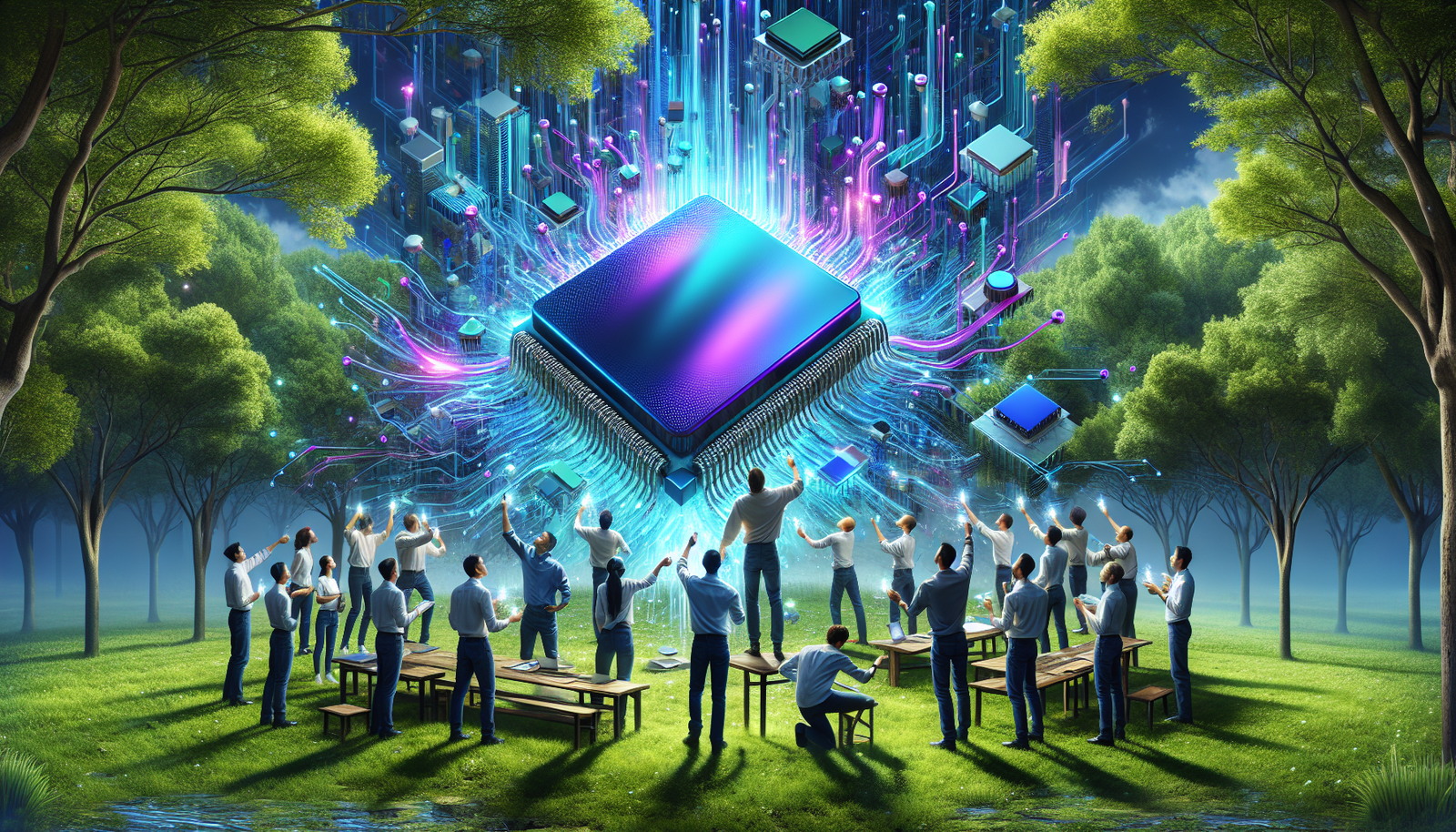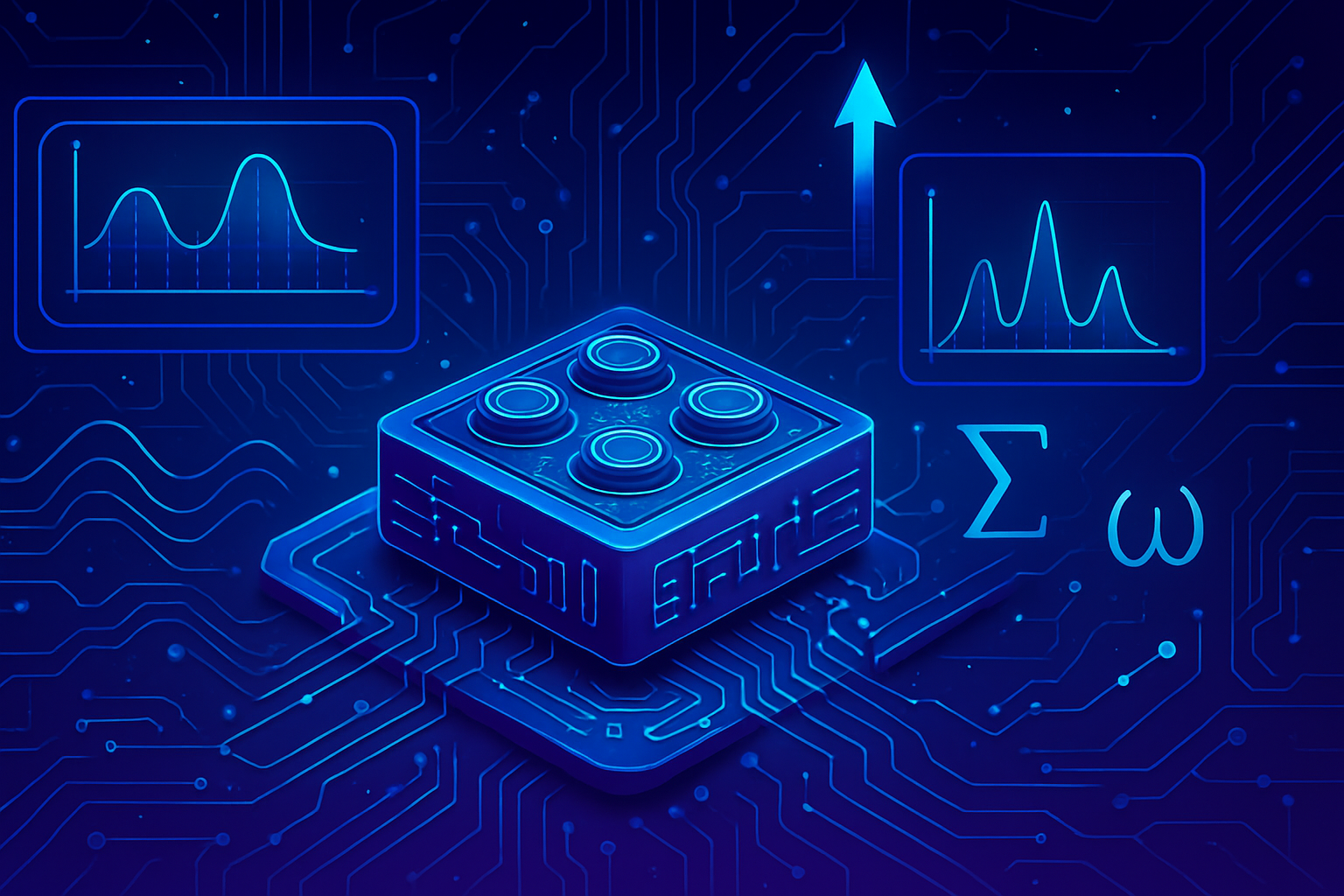Technological innovation advanced resolutely with the emergence of stacked 3D chips, a revolutionary approach by engineers at MIT. This progress allows for overcoming the limits of traditional transistors by increasing processing capacity and data storage. The gain of exponential performance stands as a boon for modern electronics, promising fascinating advancements in the field of artificial intelligence and logical systems.
A paradigm shift in electronics
The semiconductor industry is reaching a critical threshold regarding transistor density on a chip. Traditionally, designers have sought to miniaturize each component onto a single surface. The new trend involves stacking electronic elements, thereby transforming a single-level design into a multilayer architecture. This approach, akin to a high-rise building, would enable significantly higher processing capacity compared to current devices.
A major challenge: the base of the chips
Silicon wafers, heavy and unwieldy, serve as the usual support for integrated circuits. Their size imposes limitations on fast communication between functional layers. The integration of multiple layers of semiconductors requires a communication system fast enough to minimize latencies. Without these silicon substrates, each layer could interact more directly, thus improving overall performance.
MIT’s innovation: a technological breakthrough
MIT engineers developed a multilayer chip core design that eliminates the need for silicon substrates. Their method operates at sufficiently low temperatures to preserve the underlying circuits. In a recently published study in the journal Nature, the team demonstrated the fabrication of a 3D chip using layers of high-quality semiconductor materials. This process offers unprecedented efficiency compared to previous techniques.
An advanced growth technique
Researchers have developed a method to grow semiconductor materials by alternating layers of molybdenum disulfide and tungsten diselenide. These materials are promising for manufacturing n-type and p-type transistors. By avoiding intermediate silicon wafers, they have succeeded in forming unique crystalline architectures in a reduced space. A significant gain in density results, potentially exceeding previously established limits.
Applications and future perspectives
This technology could revolutionize artificial intelligence, making it possible to create chips capable of competing with modern supercomputers. Researchers aim to design computing hardware for high-performance laptops and portable devices. Stackable chips could allow for an exponential increase in storage capacity, reaching data volumes comparable to those of physical data centers.
A promising future through innovation
This advancement could give new momentum to the semiconductor industry. The implications of this technology stretch across several sectors. Improvements in computing power, especially for AI, logic, and memory applications, are significant. To refine this innovation, a new establishment, FS2 (Future Semiconductor 2D materials), has recently been founded, demonstrating MIT’s commitment to commercializing its discoveries.
Contribution of the research team
The co-authors of this study include Ki Seok Kim and several collaborators from Samsung Advanced Institute of Technology. Their research also benefits from the support of programs from the Office of Scientific Research of the U.S. Air Force. The integration of this technology improves the performance of electronic devices while eliminating concerns related to traditional 3D chip manufacturing.
Frequently asked questions about the 3D chips developed by MIT
What is a 3D chip and why is it important?
A 3D chip is a type of integrated circuit that stacks multiple layers of transistors and semiconductor elements. This allows for increased data density, improved processing speed, and the ability to perform more complex functions compared to traditional chips, thus offering significant advancements in computing power.
How do MIT engineers make these chips without a silicon substrate?
MIT engineers have developed a method that allows them to create layers of high-quality semiconductor materials directly on top of each other, without the need for bulky silicon substrates. This facilitates communication between different layers and improves the overall performance of the chip.
What materials are used to build these 3D chips?
The main materials include transition metal dichalcogenides (TMD), such as molybdenum disulfide and tungsten diselenide, which are considered promising successors to silicon for transistor manufacturing.
What are the advantages of 3D chips over traditional chips?
3D chips offer a much higher component density, enabling faster data processing and reduced energy consumption. They are also capable of performing complex computational tasks, making them ideal for artificial intelligence and other advanced applications.
How could these chips transform the technology industry?
3D chips could revolutionize the industry by enabling the manufacture of faster and more powerful computing hardware, capable of competing with today’s supercomputers, while reducing the space needed for data storage, thereby enriching fields like artificial intelligence and big data.
What challenges did engineers face during the development of these chips?
The main challenges include the need to maintain sufficiently low temperatures during the manufacturing process to preserve the underlying circuits and the complexity of achieving precise alignment between different layers of semiconductor materials.
What are the potential applications of 3D chips in the technology sector?
Potential applications include portable devices, enhanced laptops, ultra-fast data storage systems, and advanced platforms for developing AI hardware.






